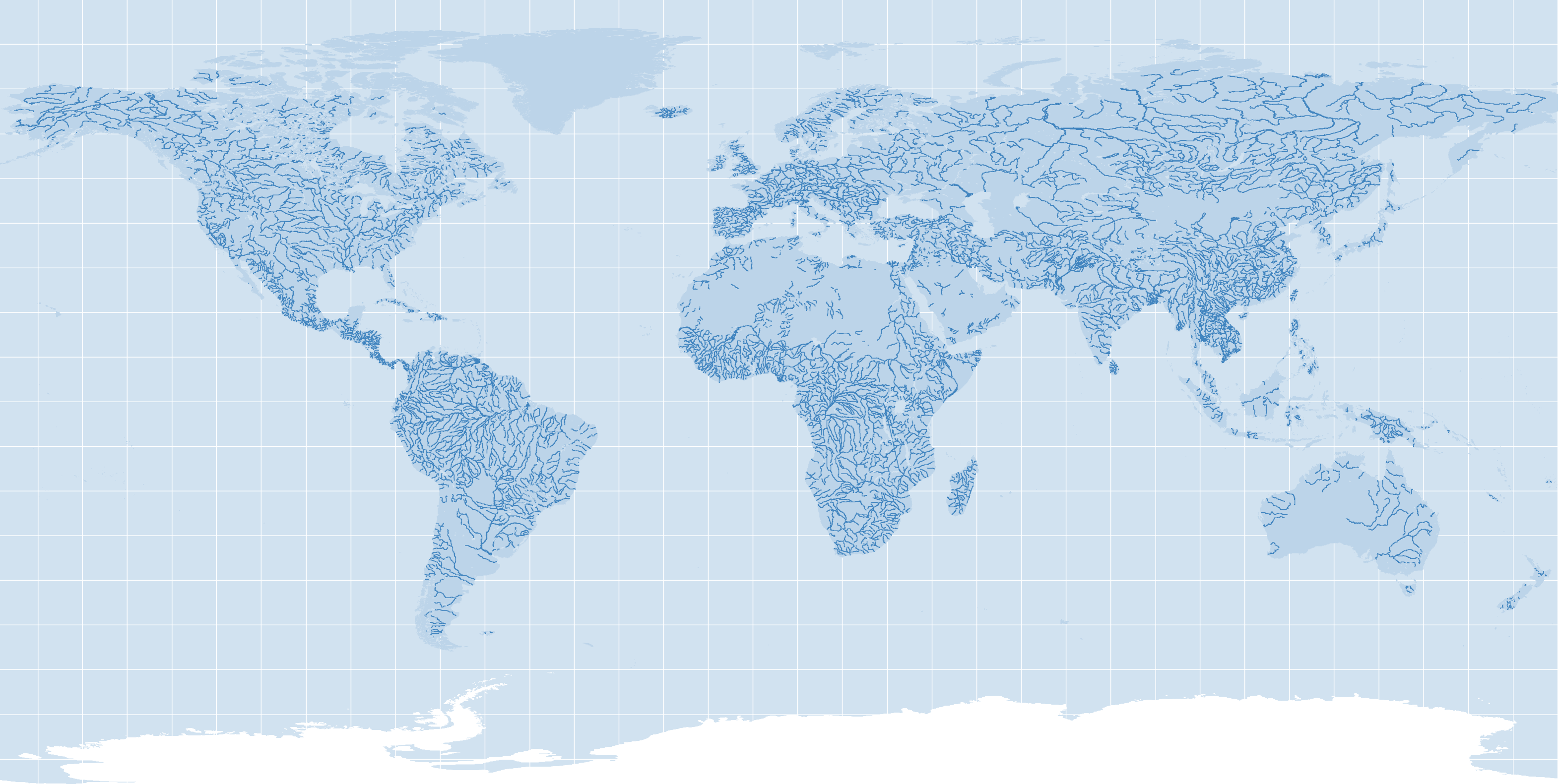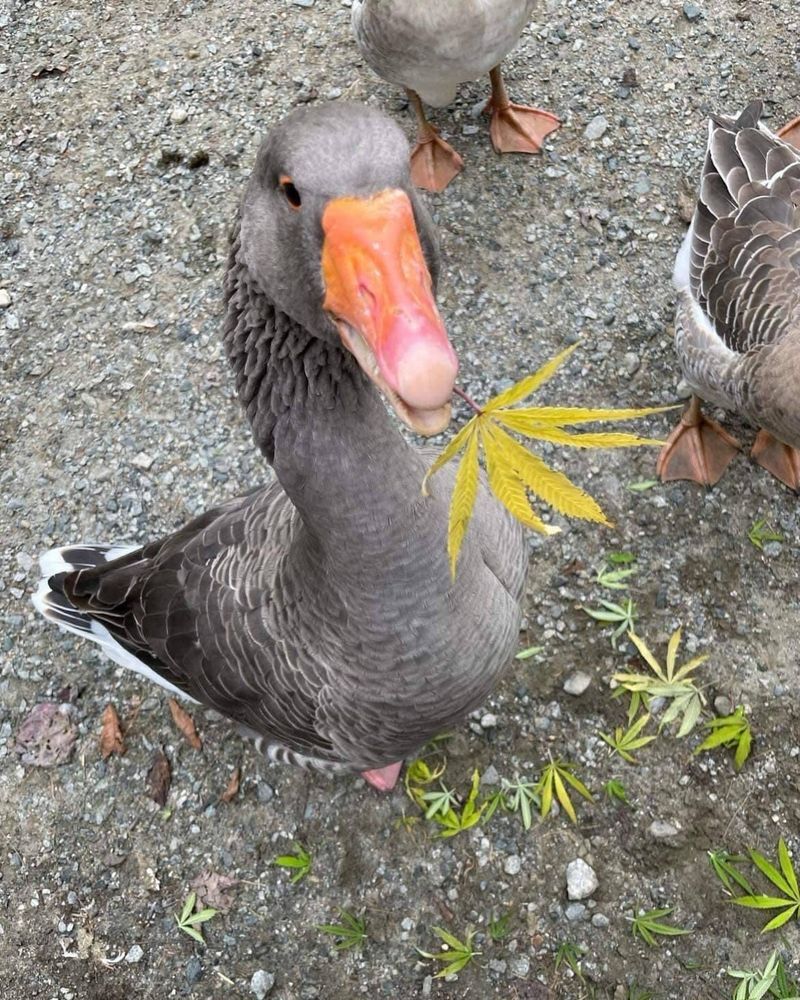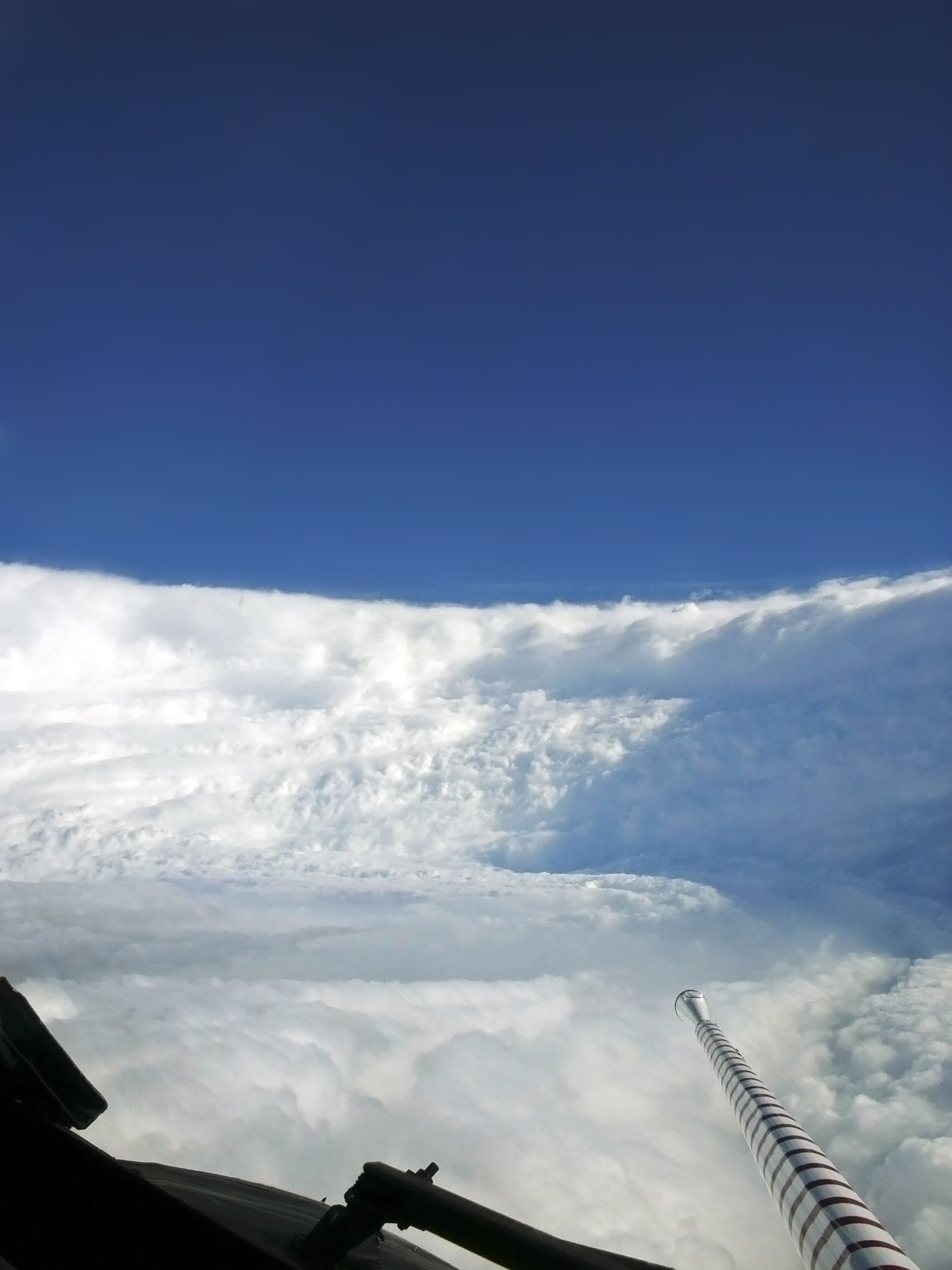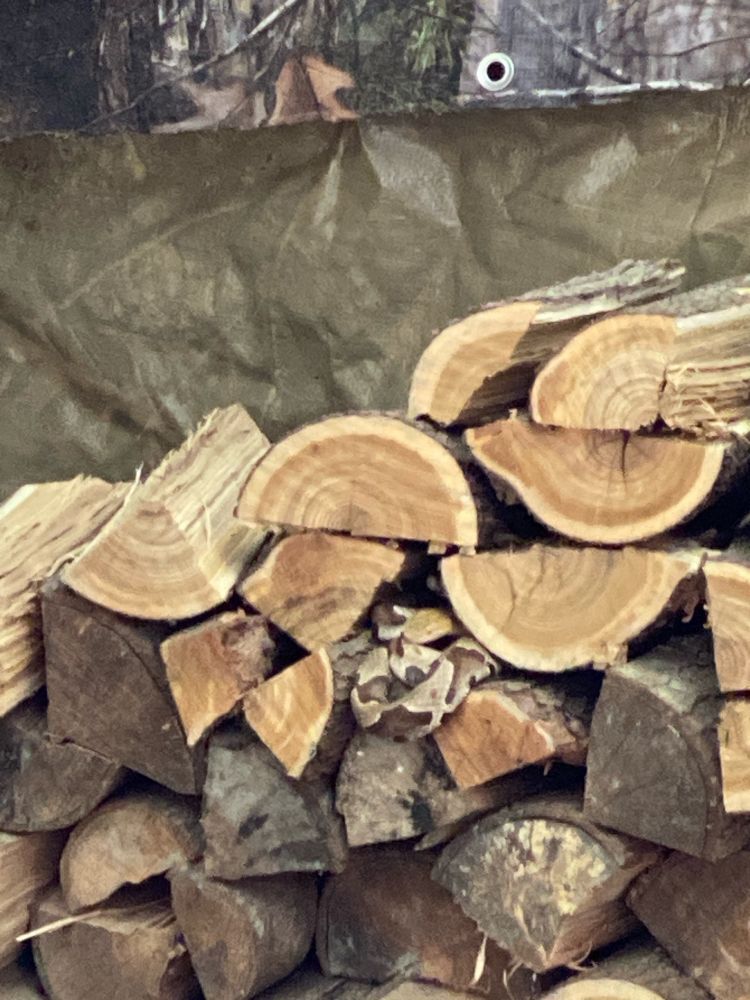This is an almost incomprehensibly bleak update.
We are on the brink of an irreversible climate disaster. This is a global emergency beyond any doubt. Much of the very fabric of life on Earth is imperiled. We are stepping into a critical and unpredictable new phase of the climate crisis. For many years, scientists, including a group of more than 15,000, have sounded the alarm about the impending dangers of climate change driven by increasing greenhouse gas emissions and ecosystem change (Ripple et al. 2020). For half a century, global warming has been correctly predicted even before it was observed—and not only by independent academic scientists but also by fossil fuel companies (Supran et al. 2023). Despite these warnings, we are still moving in the wrong direction; fossil fuel emissions have increased to an all-time high, the 3 hottest days ever occurred in July of 2024 (Guterres 2024), and current policies have us on track for approximately 2.7 degrees Celsius (°C) peak warming by 2100 (UNEP 2023). Tragically, we are failing to avoid serious impacts, and we can now only hope to limit the extent of the damage. We are witnessing the grim reality of the forecasts as climate impacts escalate, bringing forth scenes of unprecedented disasters around the world and human and nonhuman suffering. We find ourselves amid an abrupt climate upheaval, a dire situation never before encountered in the annals of human existence. We have now brought the planet into climatic conditions never witnessed by us or our prehistoric relatives within our genus, Homo (supplemental figure S1; CenCO2PIP Consortium et al. 2023).
Last year, we witnessed record-breaking sea surface temperatures (Cheng et al. 2024), the hottest Northern Hemisphere extratropical summer in 2000 years (Esper et al. 2024), and the breaking of many other climate records (Ripple et al. 2023a). Moreover, we will see much more extreme weather in the coming years (Masson-Delmotte et al. 2021). Human-caused carbon dioxide emissions and other greenhouse gases are the primary drivers of climate change. As of 2022, global fossil fuel combustion and industrial processes account for approximately 90% of these emissions, whereas land-use change, primarily deforestation, accounts for approximately 10% (supplemental figure S2).
Our aim in the present article is to communicate directly to researchers, policymakers, and the public. As scientists and academics, we feel it is our moral duty and that of our institutions to alert humanity to the growing threats that we face as clearly as possible and to show leadership in addressing them. In this report, we analyze the latest trends in a wide array of planetary vital signs. We also review notable recent climate-related disasters, spotlight important climate-related topics, and discuss needed policy interventions. This report is part of our series of concise annual updates on the state of the climate.









